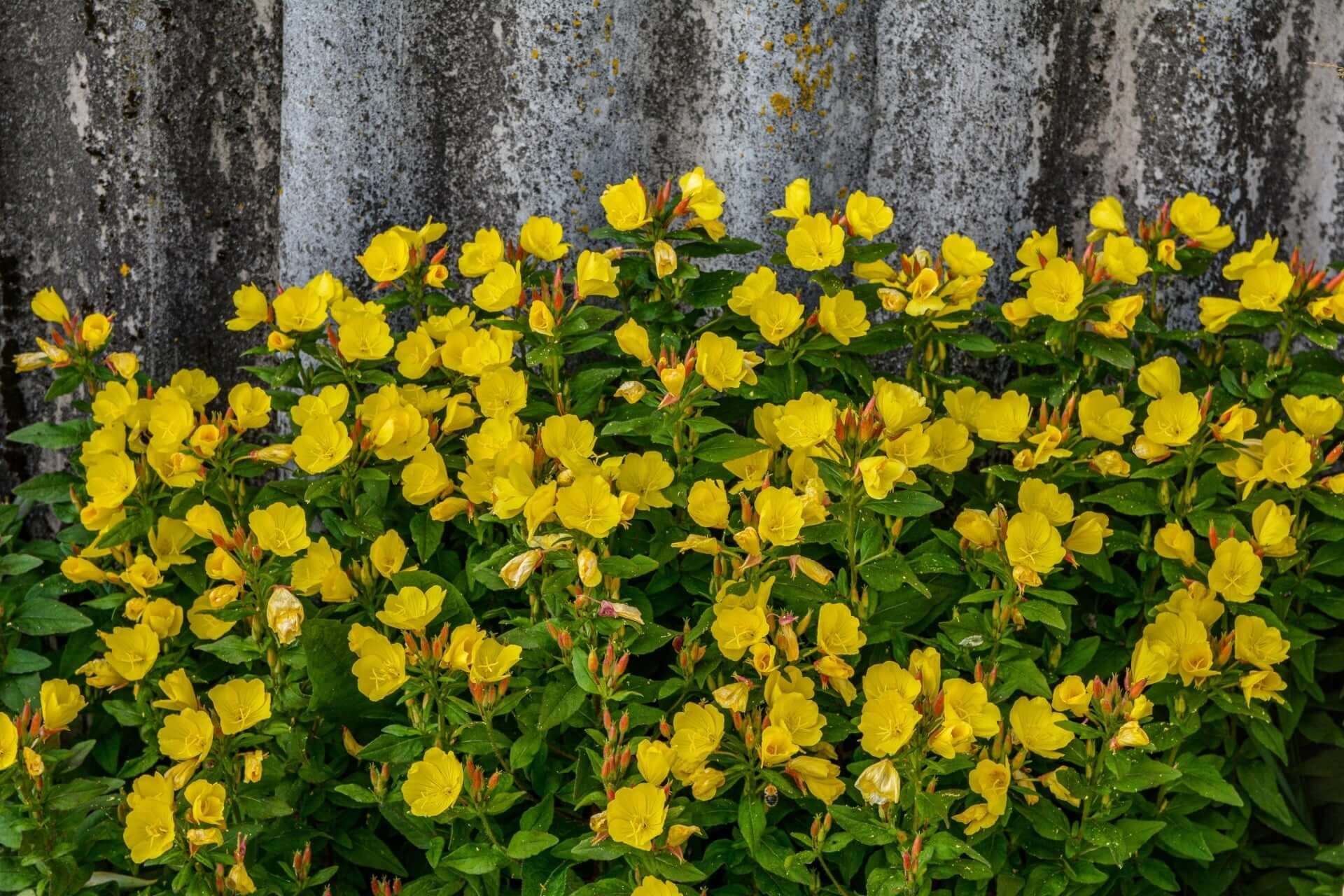
Wild strawberry plants offer more than just delightful, petite fruits. They are a versatile, low-maintenance addition to any garden, bringing beauty, flavor, and even a sense of nostalgia for many gardeners. These tiny fruits punch in taste and utility, making them a favorite for those who value natural gardening and wildlife-friendly landscapes. If you're looking for a plant that's as easy to grow as it is rewarding, wild strawberries might be your next green thumb adventure. Here's everything you need to know about cultivating these charming plants and why they might be worth adding to your garden.
Are wild strawberries worth growing?
Wild strawberries are worth growing for any gardener who loves simplicity and purpose in their landscape. Wild strawberries produce smaller, more intensely flavored fruits than their commercial counterparts. While they may not yield as much as cultivated varieties, they provide a deep, aromatic sweetness that's hard to find in store-bought berries. Every berry has an intense flavor, making them perfect for eating fresh, adding to desserts, or incorporating into preserves.
Additionally, wild strawberries carry much more than culinary value. They also serve as food for wildlife, including birds and small mammals. Beyond their appeal to local fauna, wild strawberries are a practical option for those interested in eco-friendly gardening. They grow well without synthetic fertilizers or pesticides, making them an ideal plant for organic gardens.
Their low-growing habit makes them a good ground cover, especially for those looking to fill space between taller plants or along borders. They create a carpet of green foliage topped with tiny white flowers, followed by ruby-red fruits. Even if you're not harvesting the berries for your consumption, their beauty and usefulness in attracting beneficial insects make them an asset to any garden.
When to plant wild strawberries?
Wild strawberries are best planted in early spring or fall, depending on your local climate. Planting in early spring allows them to establish roots before the summer heat. The key is to plant them when the dirt is workable, and the frost has passed.
In cooler climates, spring planting ensures that the young plants avoid extreme cold. Spring's moderate temperatures and consistent rainfall are ideal for establishing solid roots. If you plant them in the fall, aim to do so several weeks before the first frost to give the plants enough time to settle in.
Wild strawberries can be grown from seeds, runners, or small transplants. Starting with transplants is often the easiest and fastest method, but if you're willing to take a more patient approach, starting from seeds can yield excellent results.
Where is the best place to plant wild strawberries?
Wild strawberries thrive in sunny or partially shaded locations, preferring well-drained soil rich in organic matter. A spot that receives at least six hours of sunlight per day will ensure they produce an abundant crop of fruit. However, they can tolerate shade, making them versatile enough to grow beneath taller plants or near woodland edges. The plant's natural habitat is typically in meadows, woodland clearings, and even along roadsides, indicating they are not particularly fussy about their growing conditions.
Wild strawberries will perform best when planted in slightly acidic soil to neutral, with a pH range of 5.5 to 7.0. If you're unsure of your soil's acidity level, a simple soil test can help determine whether you need to amend it. Putting compost in the planting area will improve drainage and provide essential nutrients for these shallow-rooted plants.
They do well in raised beds, traditional garden beds, and containers as long as they can access enough light and well-drained soil. If planting in containers, ensure the root system is deep enough to spread comfortably and adequate drainage to prevent waterlogging.
Do wild strawberry plants spread?
Wild strawberries are known for their ability to spread through runners, making them an excellent ground cover option. Once established, they will naturally send out runners-long stems from the main plant and take root at their tips, creating new plants. Depending on your garden design, this growth habit can be a double-edged sword. If you're looking to cover a large area quickly or want to create a living mulch, the spreading nature of wild strawberries is ideal. They form a mat of leaves that can suppress weeds and reduce soil erosion, making them functional and aesthetically pleasing.
However, if unchecked, their vigorous growth can become unruly in more formal or small-scale gardens where they are checked. If you want to control their spread, it's essential to periodically trim back the runners or use garden borders to contain their growth. Another option is to grow them in containers or raised beds, where the confines of the planter naturally limit their spread.
Despite their spreading habit, wild strawberries are relatively low-maintenance. They need minimal care beyond occasional watering during dry periods and a yearly application of compost to keep the soil prosperous. Once their roots are well-established, they are drought-tolerant and have few pest problems, though they can be susceptible to the same pests that target other strawberries, such as slugs and birds. In conclusion, wild strawberries are worth growing for their delicious fruits, ease of care, ecological benefits, and ground-covering properties. Whether you're an avid gardener looking for a new challenge or a beginner seeking a hardy, multi-purpose plant, wild strawberries bring a sweet touch of nature's bounty to any garden.
Read more

You can eat and grow them, but what else can you do with a nut? You can carve it! The delicate art of nut carving is practiced in China and found in many other places.

Evening Primrose is a resilient, self-sufficient plant that brings beauty and ecological benefits to any garden. Whether you're looking for a low-maintenance plant to fill difficult areas or love i...


